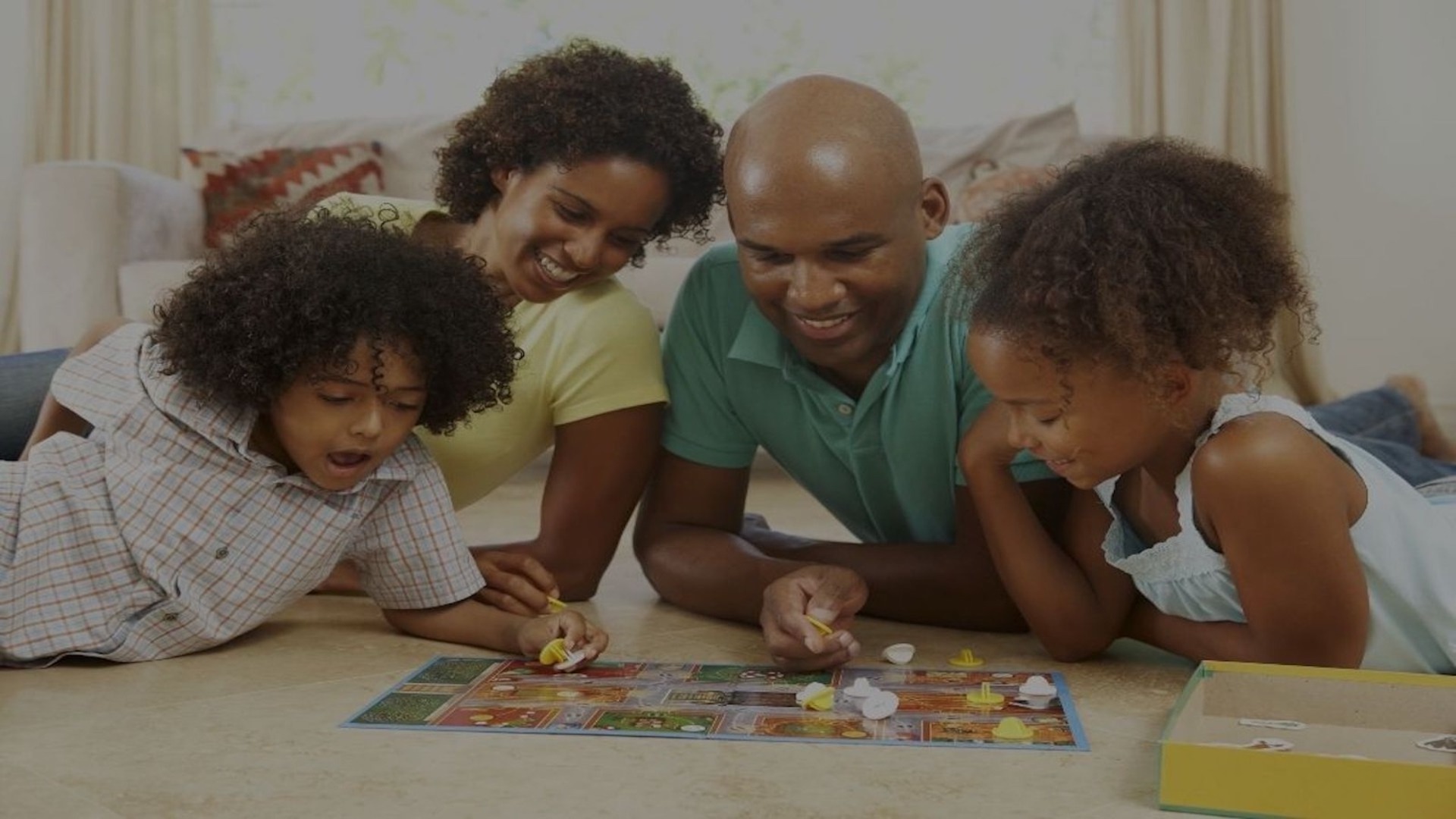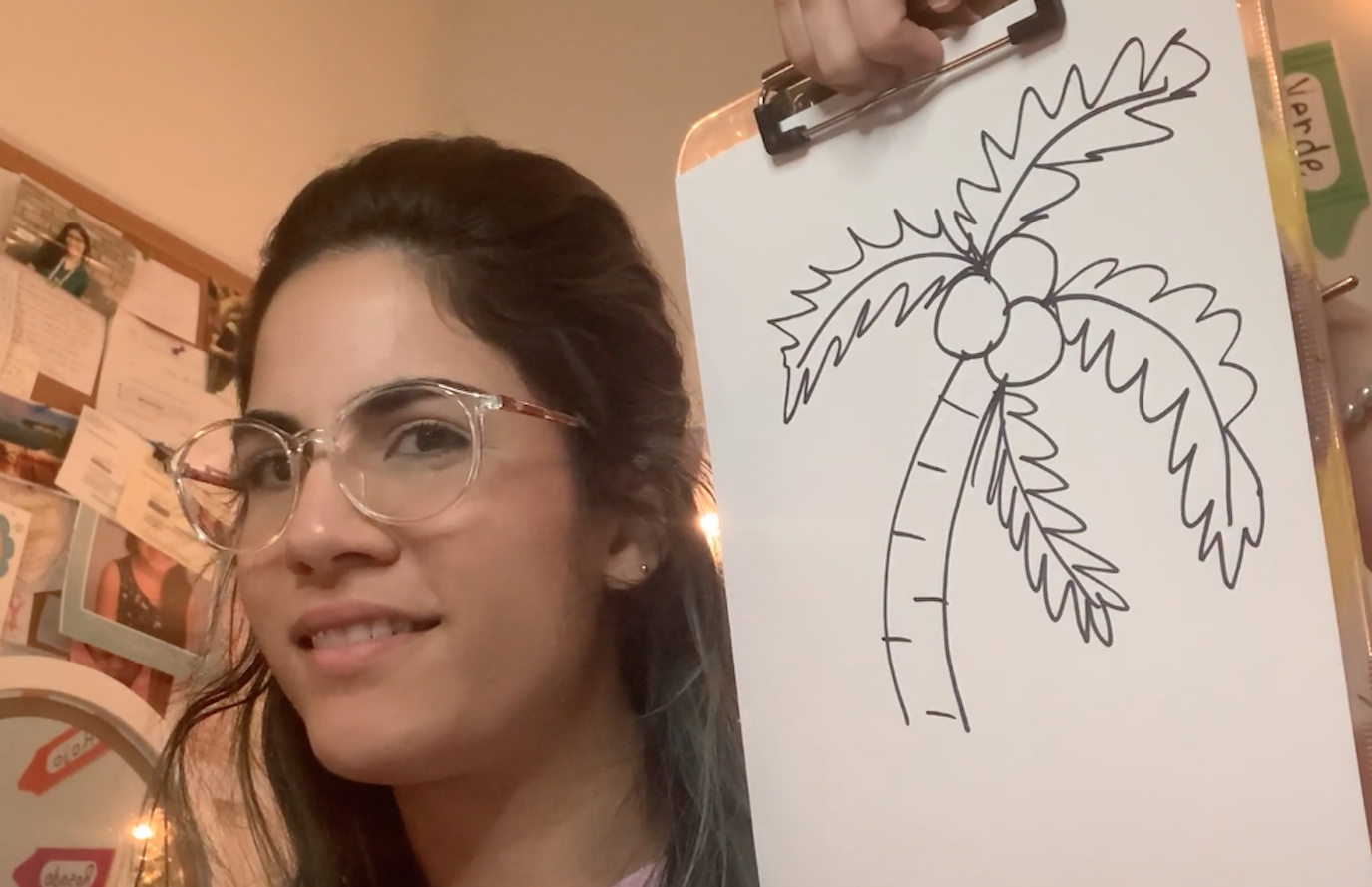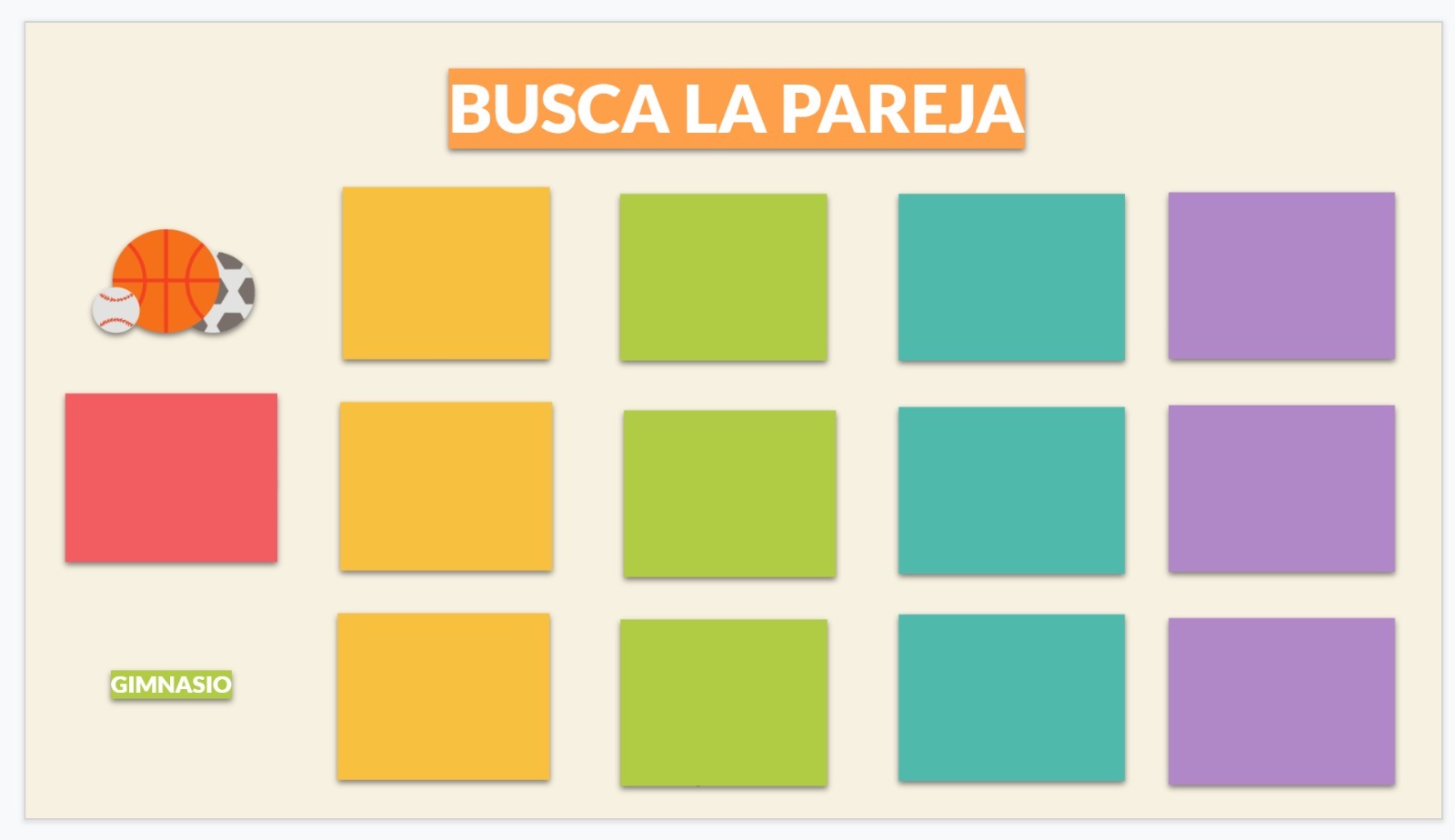recent articles
Get the most up to date information, insights, and techniques from our premiere immersion learning specialists!

Yo-Yo Ma, besides being a world renowned cellist, is a person that speaks freely about his life and process. He seems to really enjoy connecting with people, not only through performing, but also by sharing about his life. During a recent NPR Tiny Desk concert, he recalled the process of learning his first piece of music at the age of four, which was the very same Bach cello suite he had just performed.
He shared that the process was so gradual that it felt doable and knowable, and it helped him stay engaged. His practice schedule unfolded in a sequence that helped him retain the notes easily in his muscle memory. He recounts that he was encouraged to begin and then instructed using an over simplified process which perfectly matched his young age. When he came back to the beginning of the piece, he recognized that he retained most of what he’d learned from the day before, making it easier to add on just a few lines more of new material. He was not overwhelmed, and this style of learning, he recalls, enabled him to continue to build his repertoire.
Sixty years later, Yo-Yo Ma’s thousands of hours of recordings are a gift to humanity, but he is perhaps most famous for his heartfelt interpretations of the Bach cello suites. Something tells me that each time he plays these compositions, he’s going back to his beginnings. He’s feeling something special about the process and connecting with something new learned through the music with each new day, time, and venue it’s performed.
I do not think he would disagree with the statement that he is a life-long learner.
Music and language have a great deal in common, not the least of which being that neuroscientists have found that learning each at an early age is the easiest way to go about it! But as you can imagine, there’s much more to it than that, and Kallpachay experts are here to start breaking it down for you to inspire and encourage you to begin today!
Let’s introduce some simple guidelines that will help you take those initial steps:
The board and online game design model is a perfect way to break down how to adopt the optimal game-playing experience by creating your own home-grown games. The following game suggestions are hand-picked specifically because they do not require much preparation.
You’ll be asked to:
These are games in their simplest form, but keep in mind that the intent is for you to change it up to match your child’s age and level in Spanish. Remember that adults play games too, so no one is too old to play to learn!


--hE6zNBR.jpeg)

When you are ready to advance further, you can adapt these four simple games by including variety in creative ways. This will ensure that your child is not only learning more Spanish, but also that they stay interested throughout the process!
Hopefully you are newly inspired to get started having hours of fun playing in Spanish using what you already have in your home. Not only can this up-front effort ultimately save you from the time you’d spend waiting for the right product to come along, but you also have the added benefit of tailoring games to exactly what you want your child to learn!
Before you realize it, you’ll be skilled at creative game design and it will become part of your routine. You may even notice that your time spent on Spanish practice will lengthen from minutes to hours per week! While adding reward systems is a feature you may want to explore, remember that these games come with the built in reward of quality time with your child.
Additionally, don’t think that you have to teach something. Instead, approach it like a new board game: you don’t have to force your child to learn it. You’ve already captured their attention and their desire to play, so they listen to the instructions. See for yourself! Here’s an example of a game we played with our own students.
For other examples of games we’ve played with our students, check out more of our videos such Can You Find It?, What’s Missing?, Who Has It?, and Matching Game.
Let these teaching tips and videos guide you to create your own activities and continue to play with the Spanish language at home. If you’re in search of more ideas, feel free to [email us](mailto:bienvenidos@kallpachay.com)! Send us a video of you and your child playing these games or the games these inspired, and stay tuned for our upcoming blogs on suggestions for language-learning adventures local and abroad. It is fun for us to think about and share new ways to keep up with the endless joy of learning to speak Spanish!
Get the most up to date information, insights, and techniques from our premiere immersion learning specialists!
// this hack forces VvPrismVars' output style block to cascade after the prismjs css does